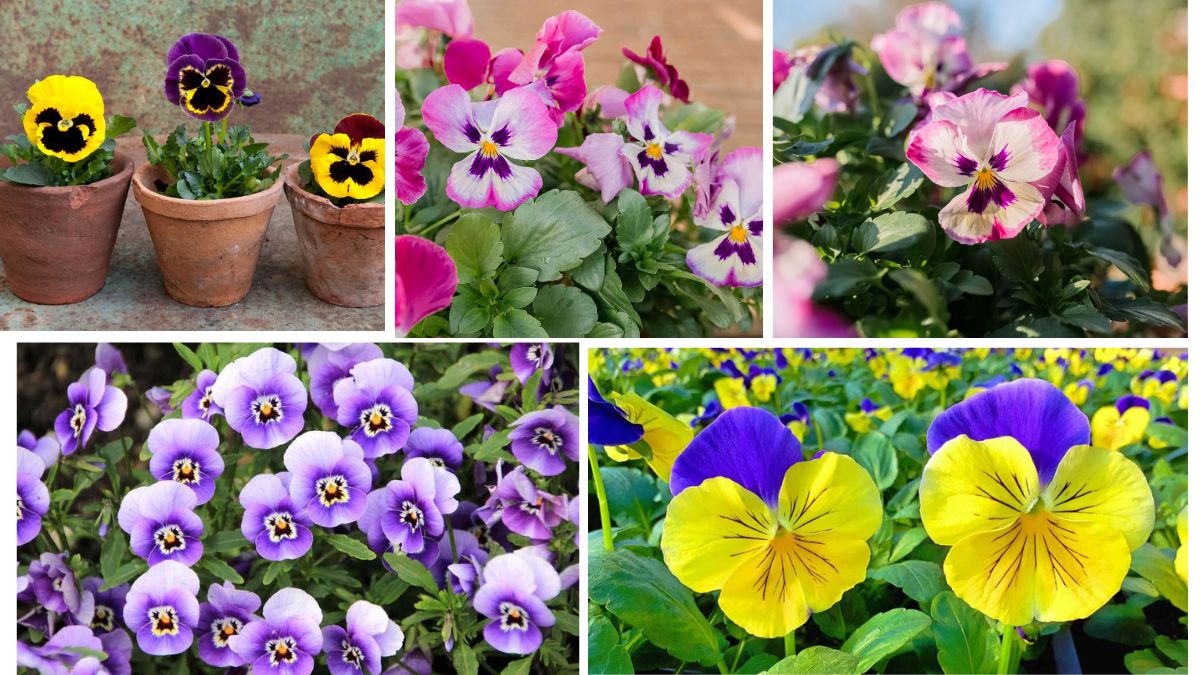Pansies, with their cheerful faces and broad palette of colors, are among the most beloved cool-season flowers in home gardens. Their ability to bloom in cooler temperatures makes them a top choice for fall, winter (in mild climates), and early spring gardens. Whether you’re a seasoned gardener or a beginner, understanding the specific needs of pansies during the cooler months can help you achieve long-lasting, brilliant blooms. This 1200-word article dives into the essentials of growing pansies in cool weather, covering climate conditions, soil, sunlight, watering, fertilization, maintenance, pest control, and more.
Why Choose Pansies for Cool Weather?
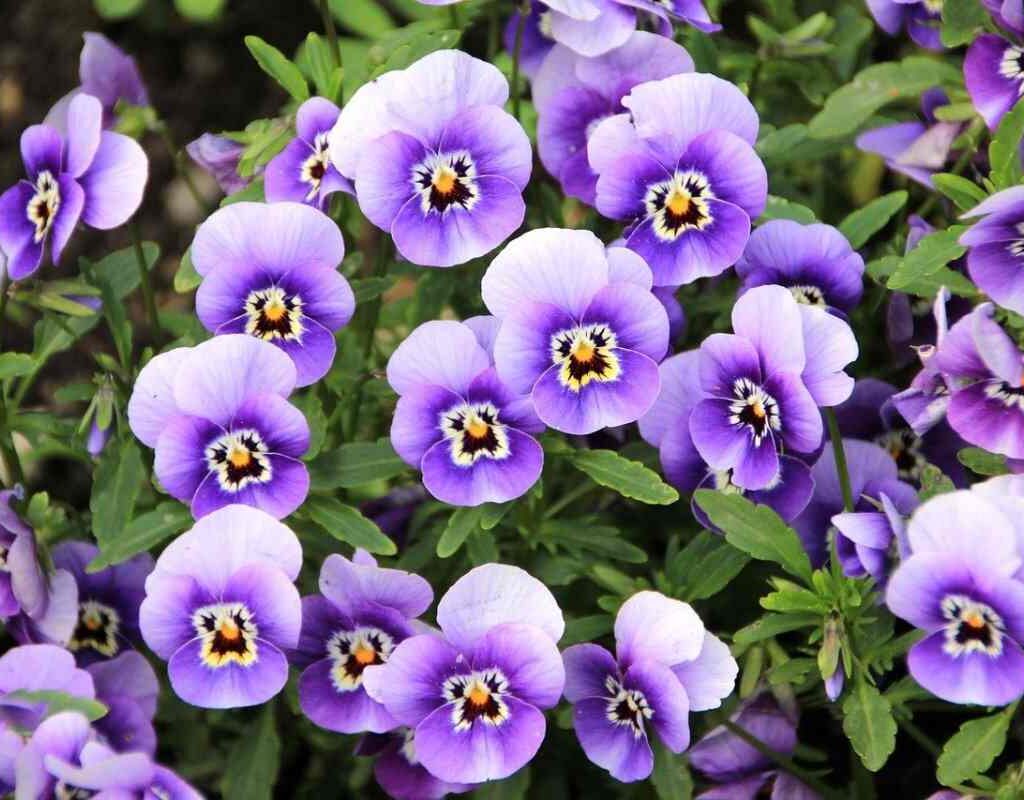
Pansies are cool-season annuals (or short-lived perennials in some regions) known for their heart-shaped petals and vibrant color combinations—ranging from purples and blues to yellows and oranges. They’re frost-tolerant, making them ideal for gardeners looking to add color when most flowers retreat from the chill.
Key reasons to grow pansies in cool weather:
- Cold Tolerance: Can withstand light frost and even snow.
- Long Bloom Time: Blooms from late fall through early spring.
- Color Variety: Endless hues with striking “faces.”
- Compact Size: Perfect for borders, containers, or hanging baskets.
Best Time to Plant Pansies
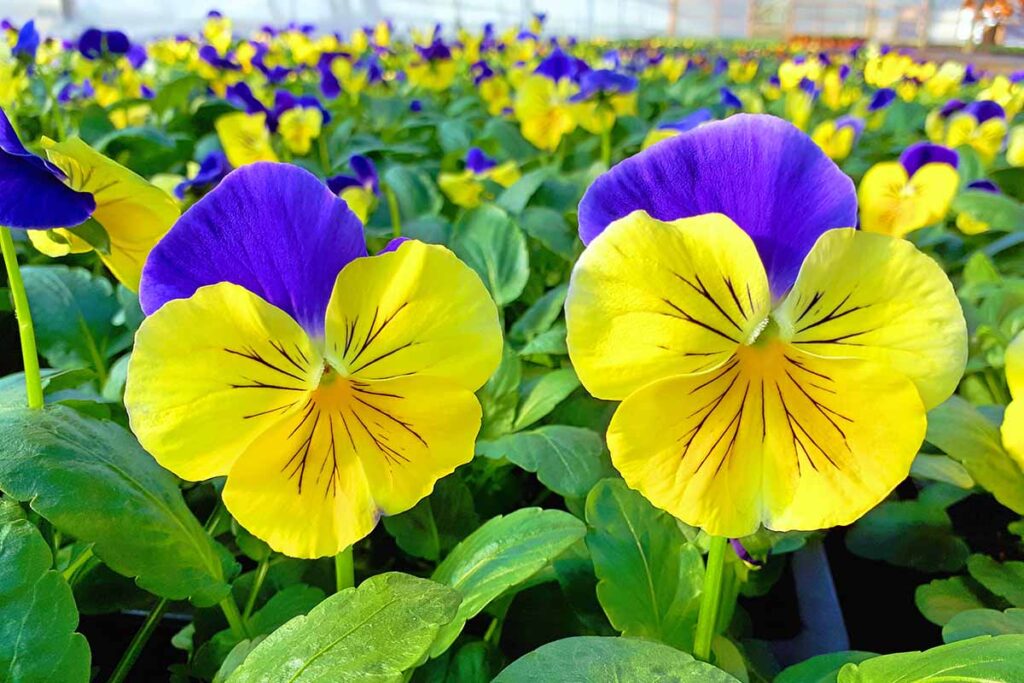
Timing is crucial when it comes to growing pansies successfully in cooler weather.
- Fall Planting: In zones 6–10, plant pansies in early to mid-fall. This allows root systems to establish before winter.
- Spring Planting: In colder zones (3–5), plant in early spring when the soil becomes workable and before temperatures soar.
Tip: Pansies grow best when daytime temps are between 45°F and 65°F (7°C–18°C).
Ideal Climate Zones
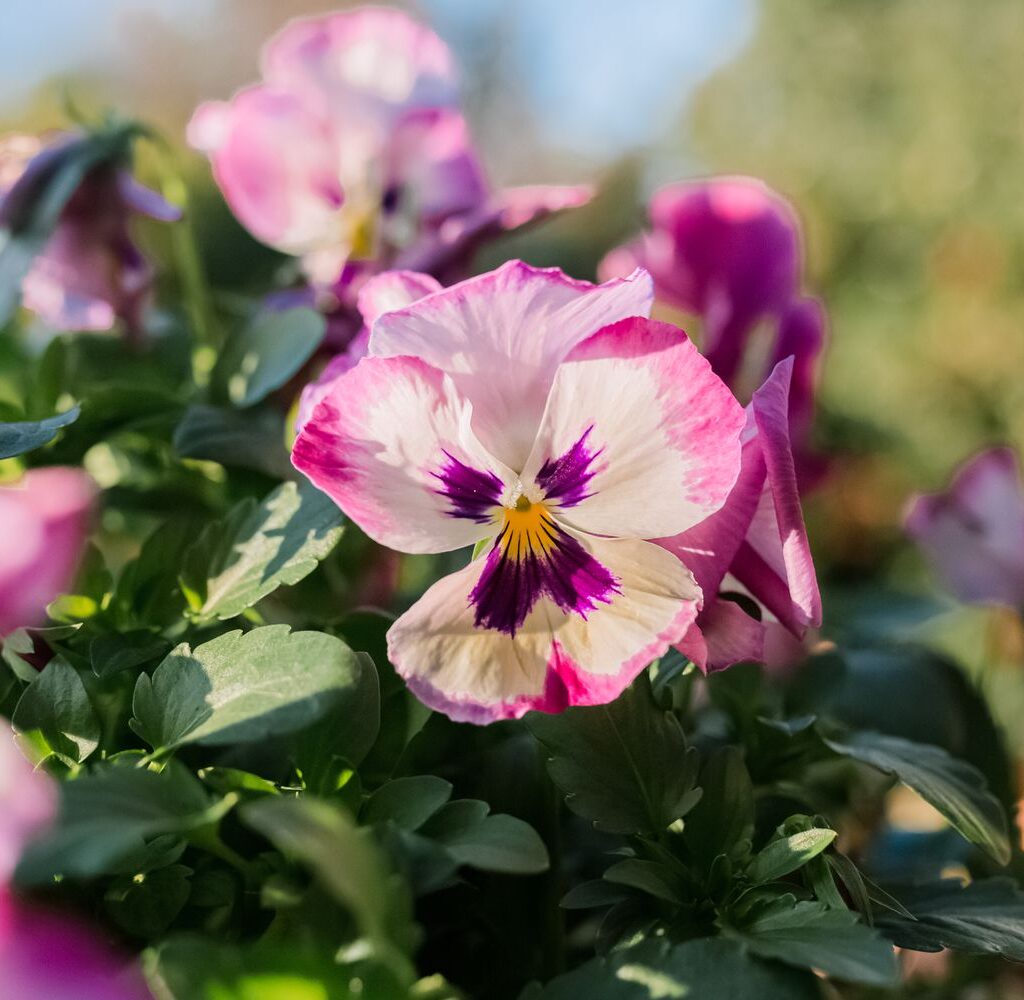
Pansies are highly adaptable and thrive in USDA Zones 3 through 10. However, they perform best in areas with:
- Cool days and chilly nights
- Minimal humidity
- Good sunlight exposure
In warm zones (like USDA Zone 9 or 10), pansies grow better in the cooler months (October to March).
Soil Requirements
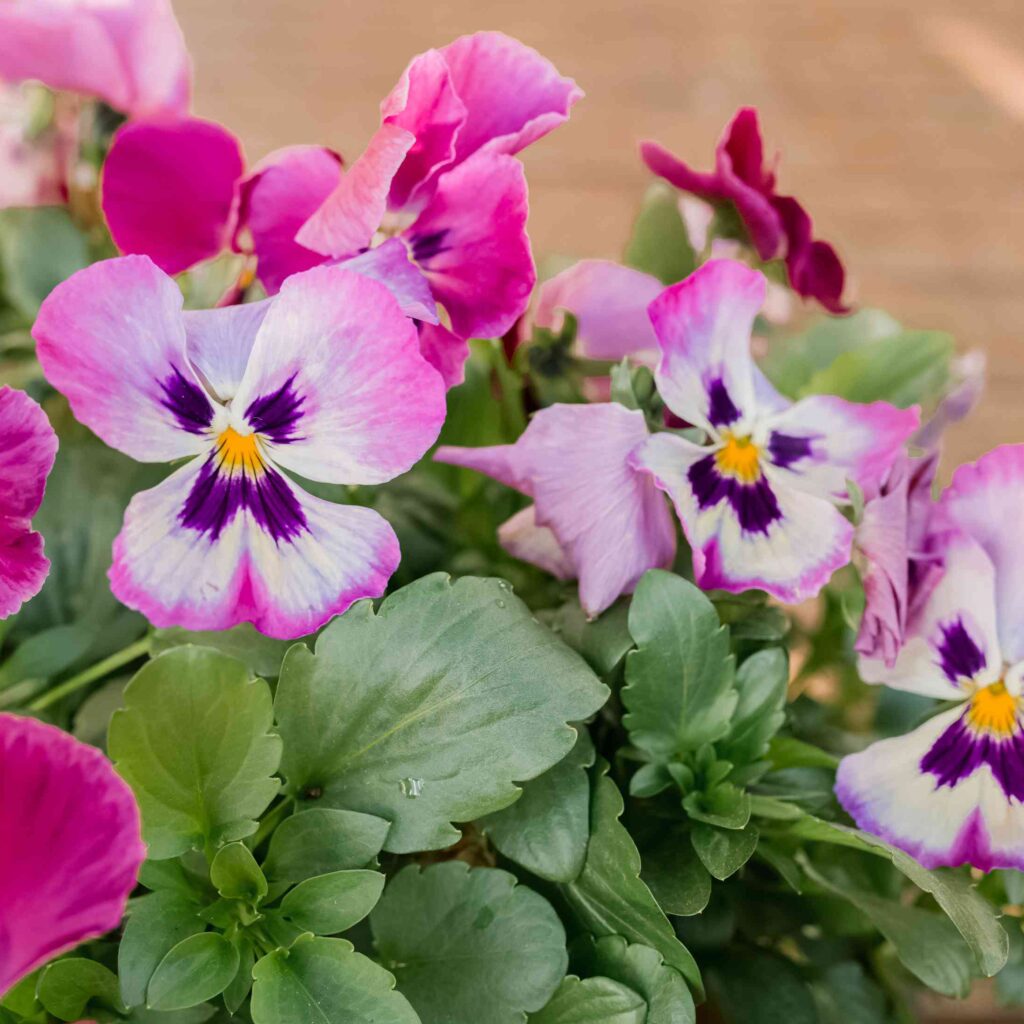
Pansies prefer fertile, well-draining soil to prevent root rot and promote strong growth.
- Soil pH: Slightly acidic to neutral (6.0–6.5)
- Texture: Loamy soil enriched with organic matter
- Drainage: Excellent drainage is critical; consider raised beds or adding sand to compacted areas
Amend the soil with compost or peat moss before planting to boost fertility.
Sunlight Needs
Pansies thrive in full to partial sun, depending on your region.
- Cool climates: Full sun (6+ hours daily) helps encourage continuous blooms.
- Warmer regions: Morning sun and afternoon shade protect plants from stress.
Avoid deeply shaded areas where pansies may become leggy and produce fewer blooms.
Watering Tips
Consistent watering is key for healthy pansy growth, but avoid overwatering.
- Frequency: Water deeply 2–3 times per week depending on rainfall and soil drainage.
- Early morning watering is ideal to reduce fungal disease risks.
- Moist but not soggy: Keep the soil consistently moist, especially during dry spells or windy days.
Use mulch to retain moisture and regulate soil temperature in fluctuating weather.
Fertilizing for Vibrant Blooms
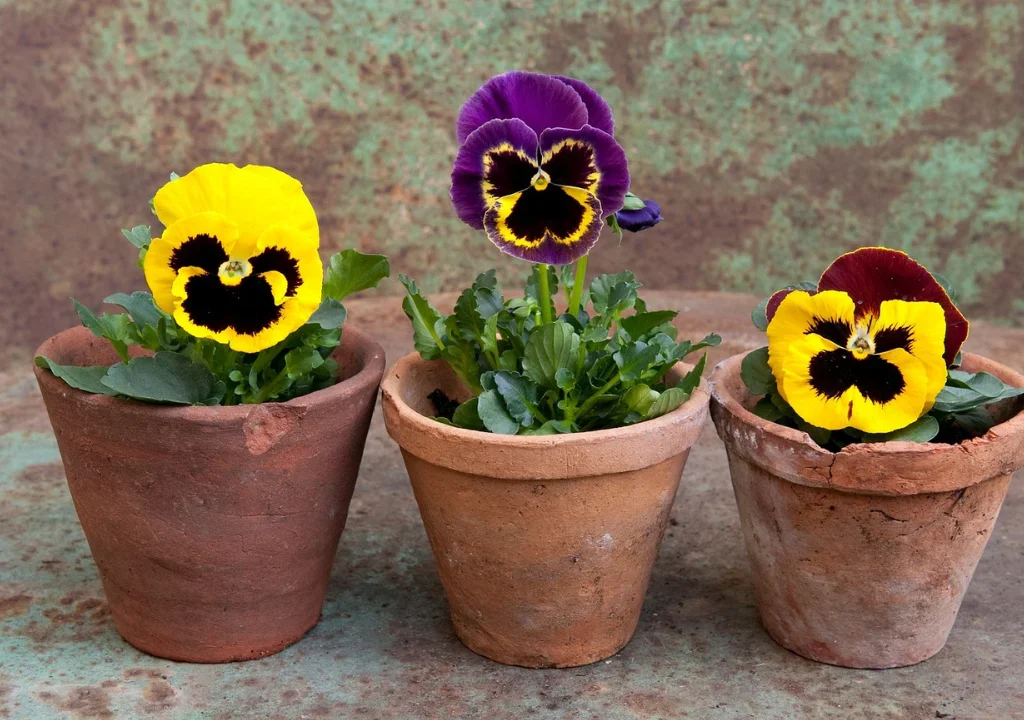
Feeding pansies with the right nutrients can enhance color intensity and flower production.
- Start with a balanced fertilizer: 10-10-10 or 14-14-14 slow-release granules during planting.
- Follow up with liquid fertilizer every 2–3 weeks for sustained blooming (look for bloom boosters rich in phosphorus).
- Avoid excess nitrogen as it promotes leaf growth over flowers.
Maintenance and Deadheading
Routine care keeps pansies looking fresh and encourages new blooms.
- Deadhead regularly: Remove spent flowers to prevent seed setting and promote new blossoms.
- Pinch leggy stems: Helps maintain compact shape.
- Trim yellow or damaged leaves to prevent disease spread.
Check your pansies every few days for maintenance needs—quick attention means longer flowering time!
Common Pests and Diseases
Though hardy, pansies can face pest and disease issues—especially in damp, cold conditions.
Pests:
- Aphids: Use neem oil or insecticidal soap.
- Slugs and snails: Use organic slug pellets or beer traps.
- Spider mites: Hose down plants or apply miticide.
Diseases:
- Powdery mildew: Appears in humid conditions—space pansies adequately for airflow.
- Root rot: Result of poor drainage—improve soil or avoid overwatering.
- Leaf spot or botrytis: Remove infected leaves and apply fungicide if needed.
Routine inspection and quick intervention can save your pansies from major damage.
Container Gardening with Pansies
Pansies are excellent candidates for container gardening, especially on patios or balconies.
Container Tips:
- Choose a pot with drainage holes.
- Use high-quality potting mix (not garden soil).
- Avoid overcrowding—space plants at least 6 inches apart.
- Water more frequently than in-ground beds, as containers dry out faster.
Bonus Idea: Combine pansies with ornamental kale, violas, or dusty miller for a dramatic cool-season display.
Overwintering and Extending the Bloom
In milder zones, pansies can bloom straight through winter into early summer.
Tips for overwintering pansies:
- Apply 2–3 inches of mulch around the base.
- Water during dry winter spells.
- Protect with frost cloth if extreme cold is expected.
In cold climates, treat pansies as annuals and replant in spring.
Popular Pansy Varieties
Some of the most colorful and cold-hardy pansy cultivars include:
- ‘Delta Series’ – Uniform blooms in dozens of bold colors.
- ‘Matrix Mix’ – Large flowers with excellent overwintering ability.
- ‘Cool Wave’ – Spreading pansies perfect for containers or hanging baskets.
- ‘Ultima Morpho’ – Stunning blue and yellow bicolor petals.
Mixing several varieties can create a mosaic of color, perfect for a lively cool-season garden.
Final Thoughts
Pansies are a gardener’s best friend during the off-season, offering brilliant color and charm when most plants are dormant. By understanding the unique requirements of pansies in cool weather—from soil prep and sunlight to pests and container care—you can ensure a garden filled with smiling blooms through chilly days and brisk mornings.
